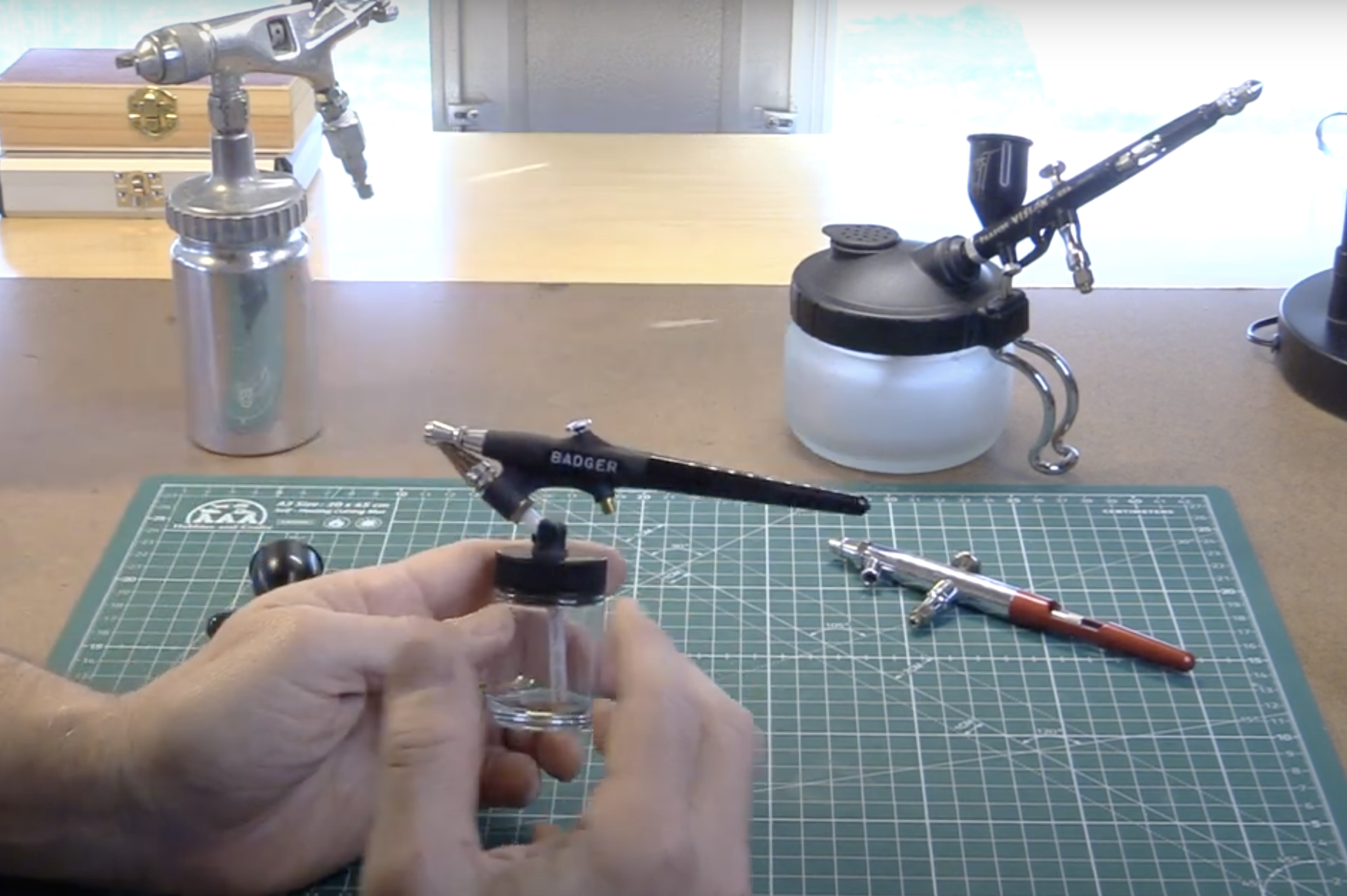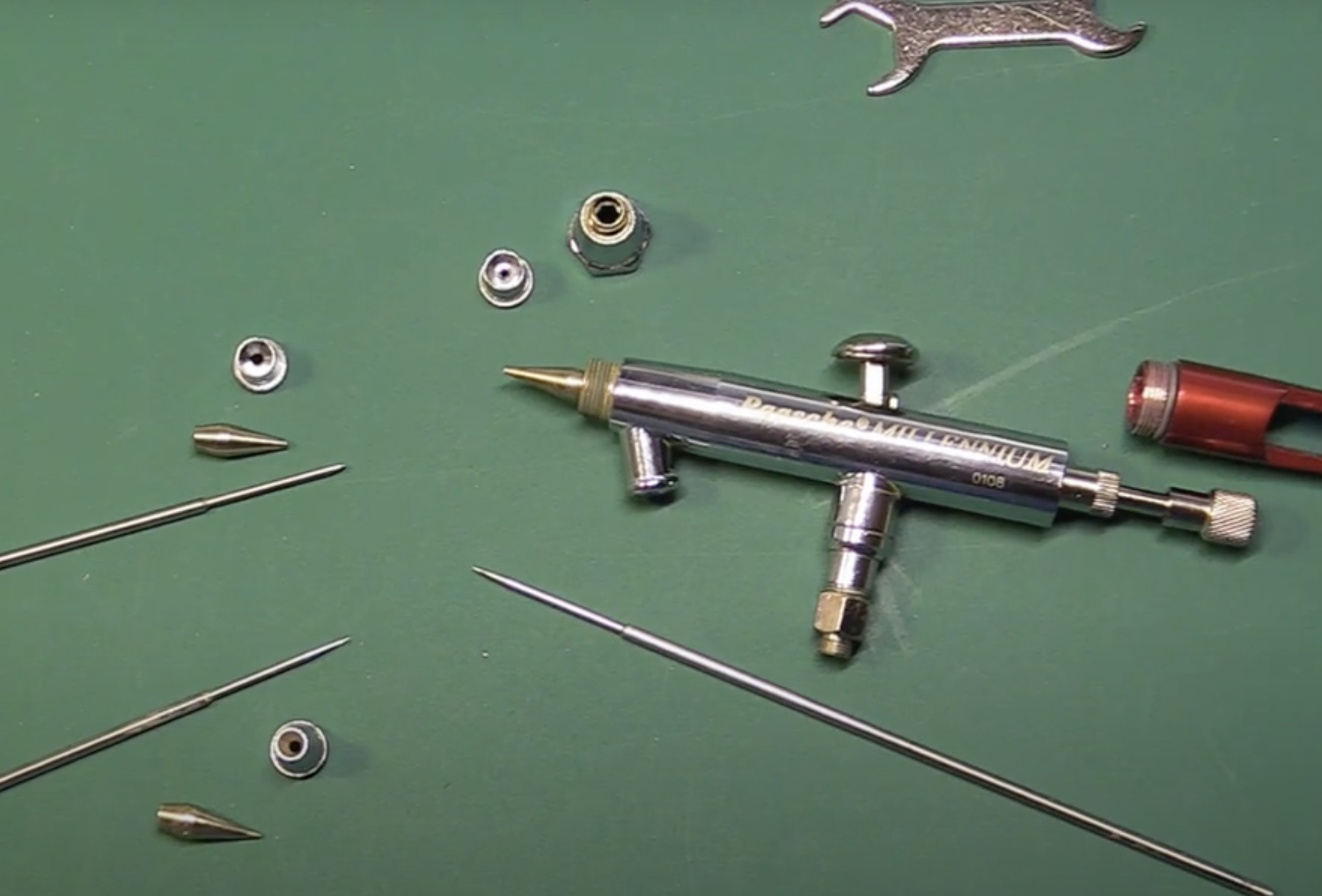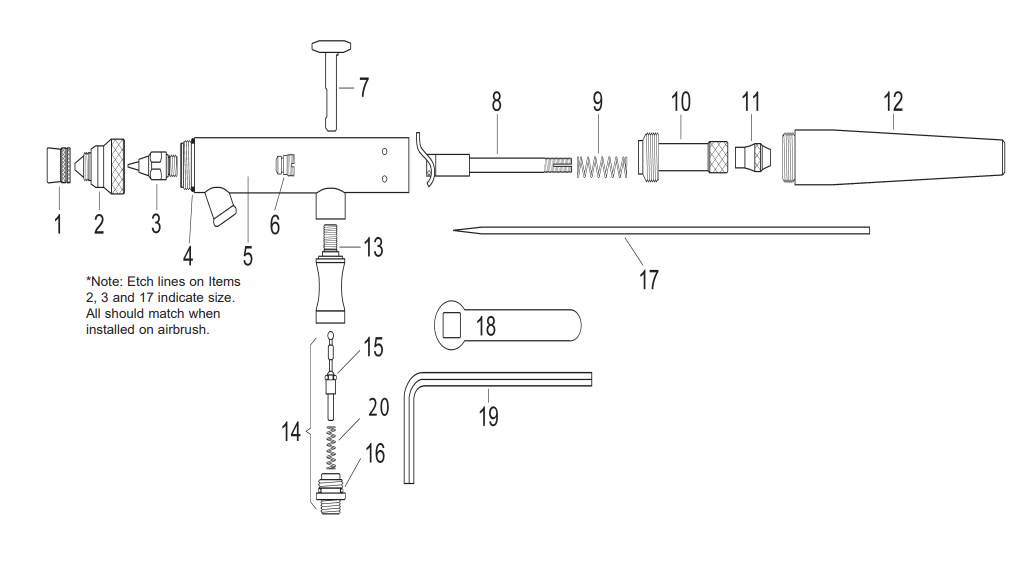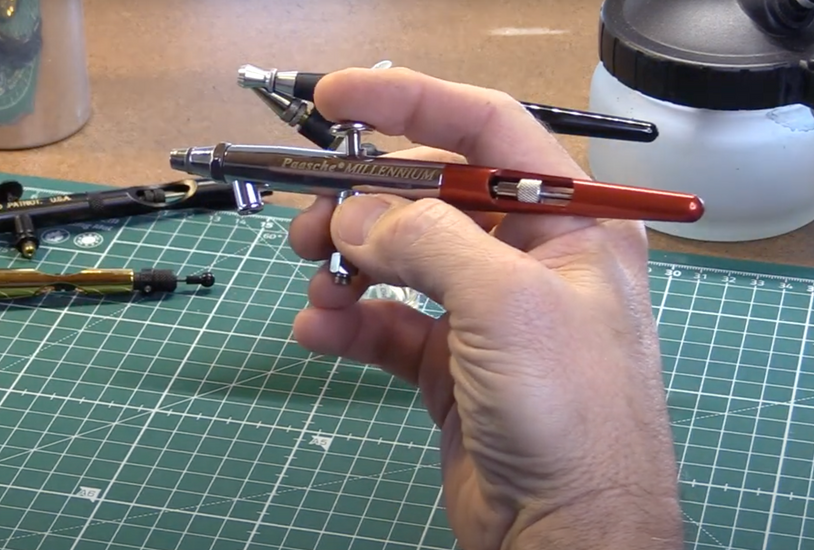Airbrushing 101 (Part 1) - Understanding The Types of Airbrushes and How They Work
Posted by MegaHobby.com on Mar 7th 2024

Airbrushing is a versatile and popular technique in the world of hobby art, offering a wide range of applications. Among the top choices for airbrushes are Badger and Paasche, two USA-made brands renowned for their quality and reliability. In this comprehensive guide, we will delve into the basics of airbrushing, focusing on these two prominent brands. Whether you're a beginner or an experienced artist, mastering airbrushing is akin to riding a bike – once learned, never forgotten. Join us on this journey as we explore the fundamental aspects of airbrushing and gain insights into airbrushes.
What is an Airbrush?
An airbrush is a powerful tool that operates using compressed air to spray various art mediums, such as hobby paint. Understanding the key characteristics – action, feed, and mix – is crucial in choosing the right airbrush.

What is Double Action vs. Single Action?
There are two primary types of airbrushes: single-action and double-action. The distinction lies in how they control the paint flow. Single-action airbrushes require separate adjustments for both spray width and air pressure. On the other hand, with a double-action airbrush, you can control the airflow and spray width by pressing and pulling back the trigger, altering the line's thickness as you go.
What is Bottom Feed vs. Top Feed?
The feed refers to the spot from where the paint is drawn into the airbrush. Some airbrushes are bottom feed, which means the paint is located below the airbrush and a tube brings it up into the airbrush. Others are gravity feed, which means there is a color cup on top of the airbrush, and the paint drops into the brush from above.
What is external mix vs. internal mix?
External mix is when the paint and the air meet outside the gun. This creates a coarser spray pattern. Internal mix is when the air and paint are mixed within the gun before being sprayed out the nozzle. This creates a precise, fine dot spray pattern.
What parts comprise an airbrush?Take a look at the below video, as well as the photo schematics of two Paasche airbrushes to see the parts that comprise a single-action and double-action airbrush. Understanding how the parts go together and how they work will help give you a better grasp on operating, cleaning, and disassembling/reassembling an airbrush.
Key terms
Single Action Airbrush:
Trigger activates airflow.
Color flow adjusted by turning the nozzle cone.
Double Action Airbrush:
Trigger controls both airflow and paint flow.
Pulling the trigger backward adjusts the paint flow.
Bottom Feed:
Paint fed up a siphon tube from the bottom.
Example: External Badger 350 Airbrush
Gravity Feed:
Paint put into a cup, flows down via gravity.
Example: Badger Patriot
External Mix:
Paint and air meet outside the gun.
Creates a coarser spray pattern.
Internal Mix:
Paint and air mix inside the air gun.
Produces a precisely atomized, fine dot spray pattern.


